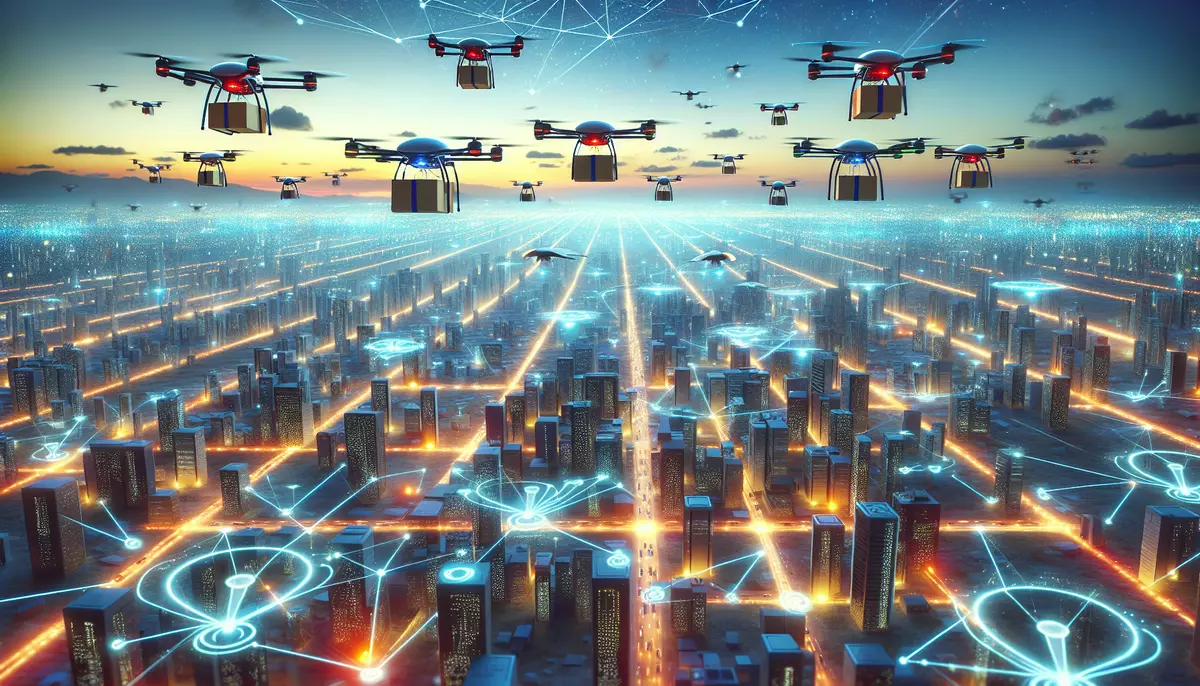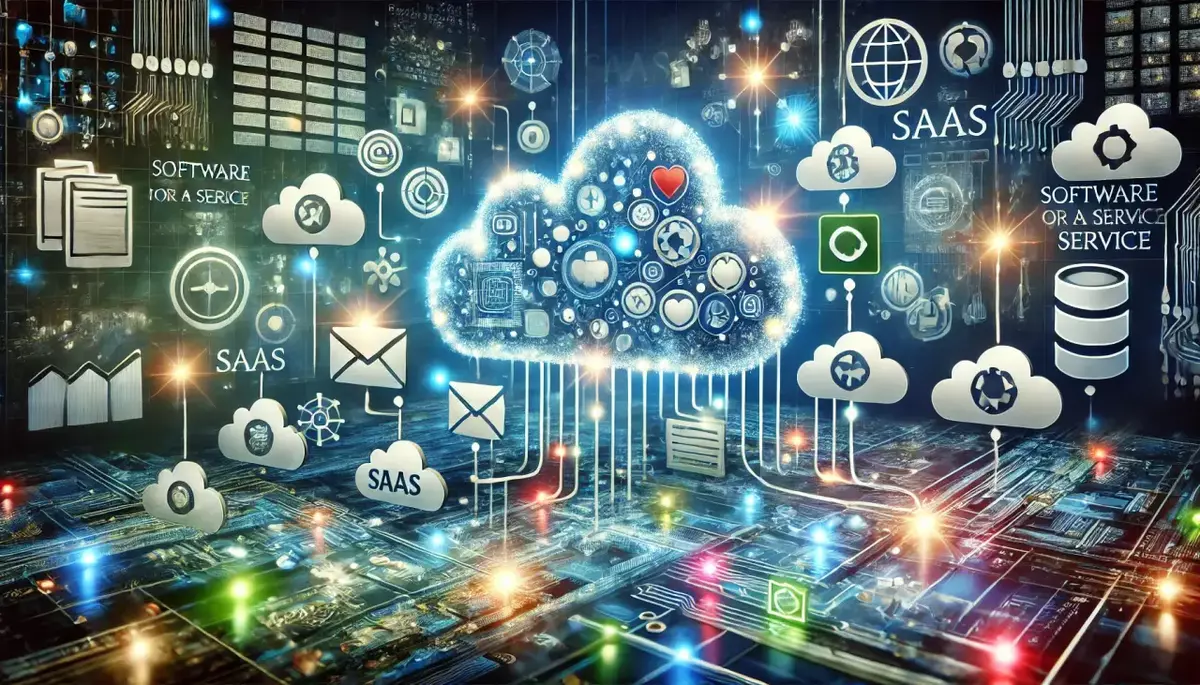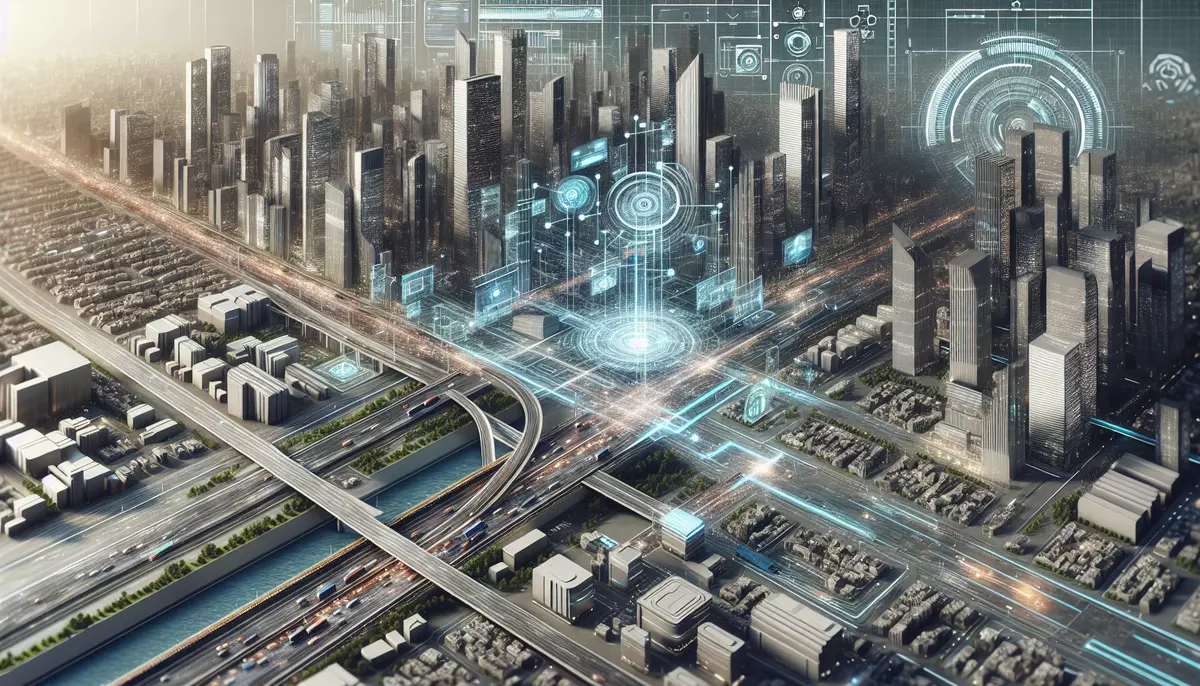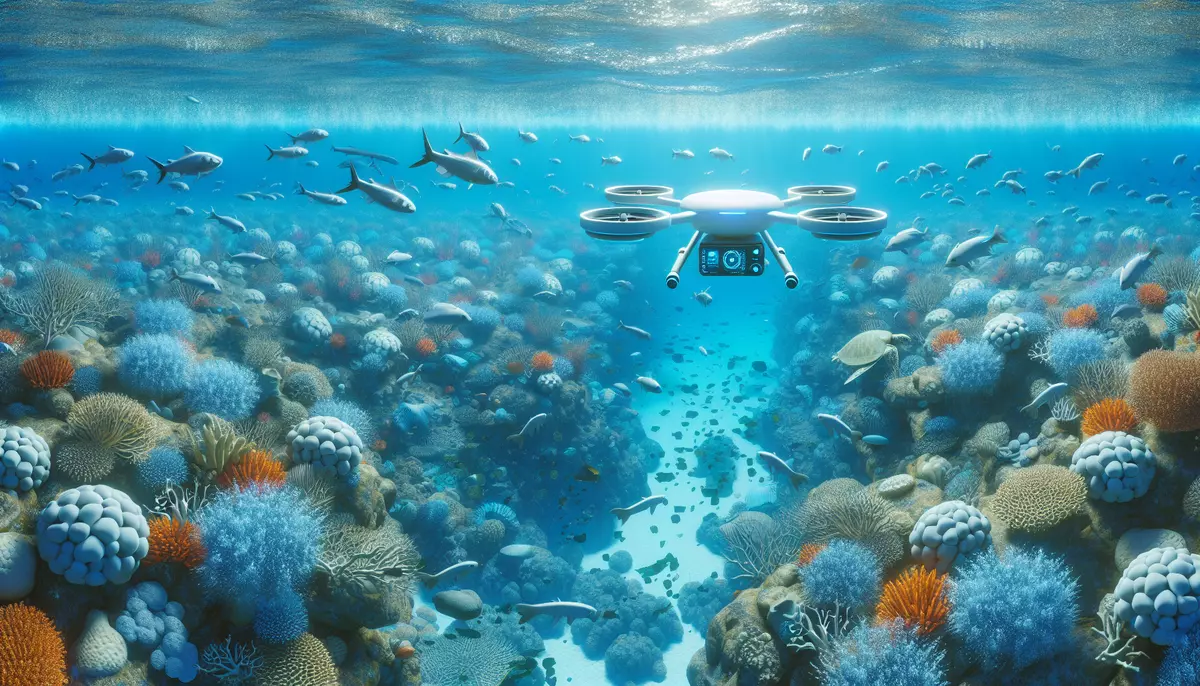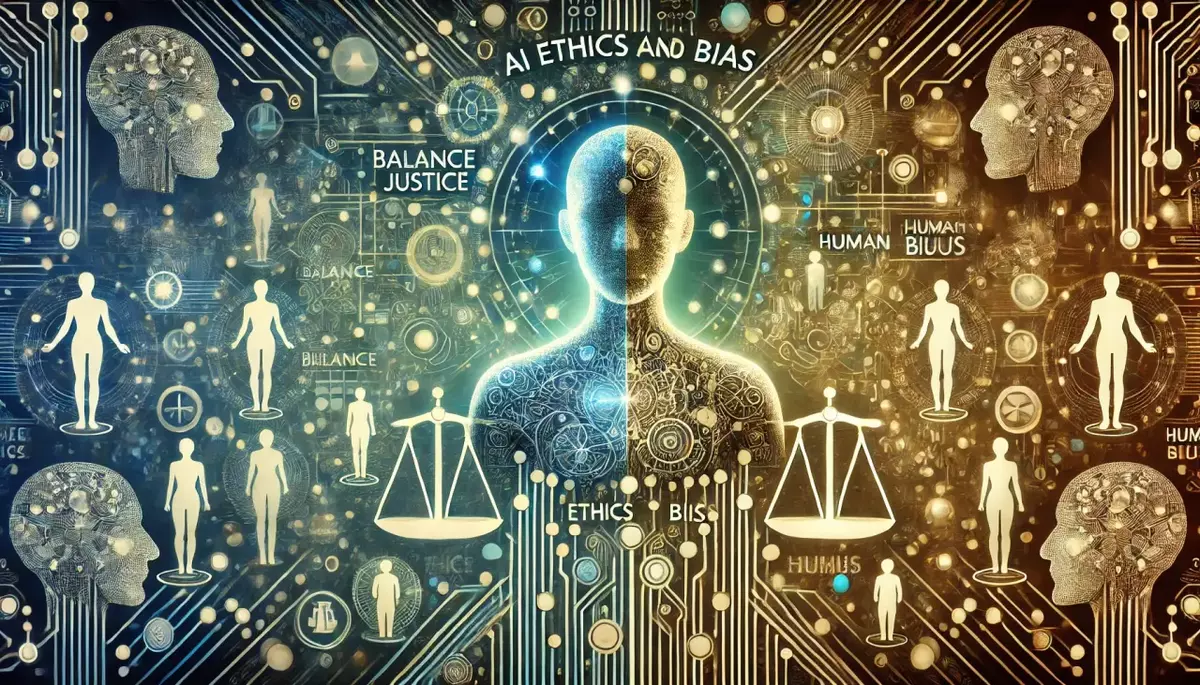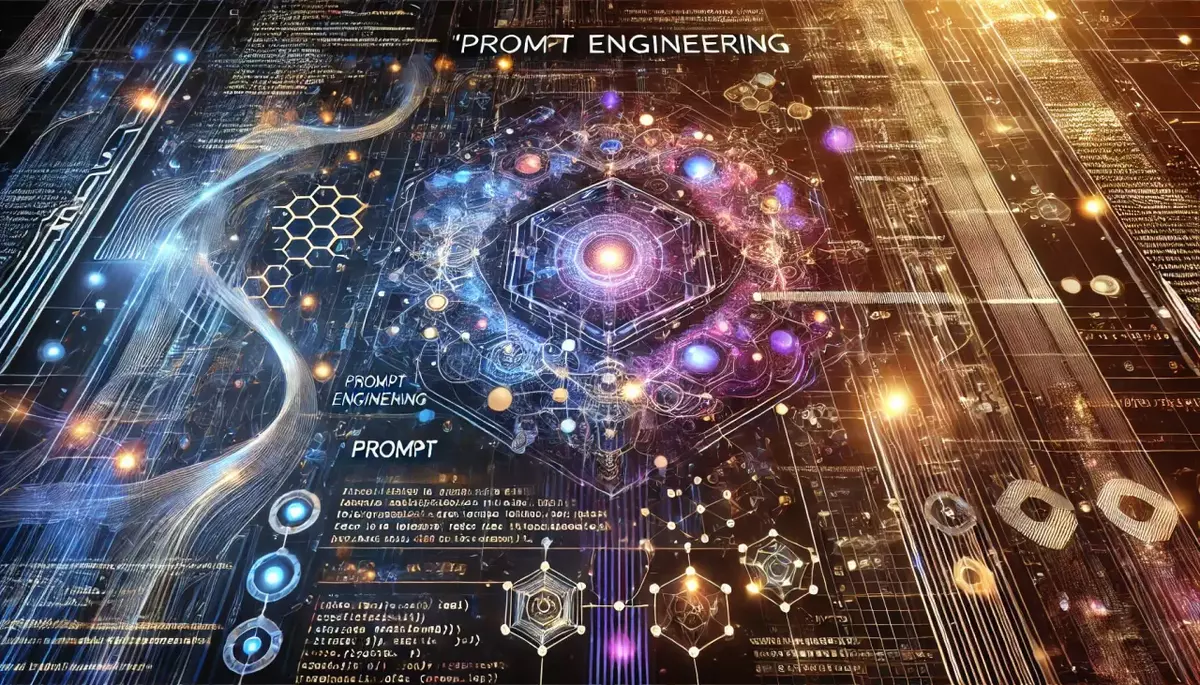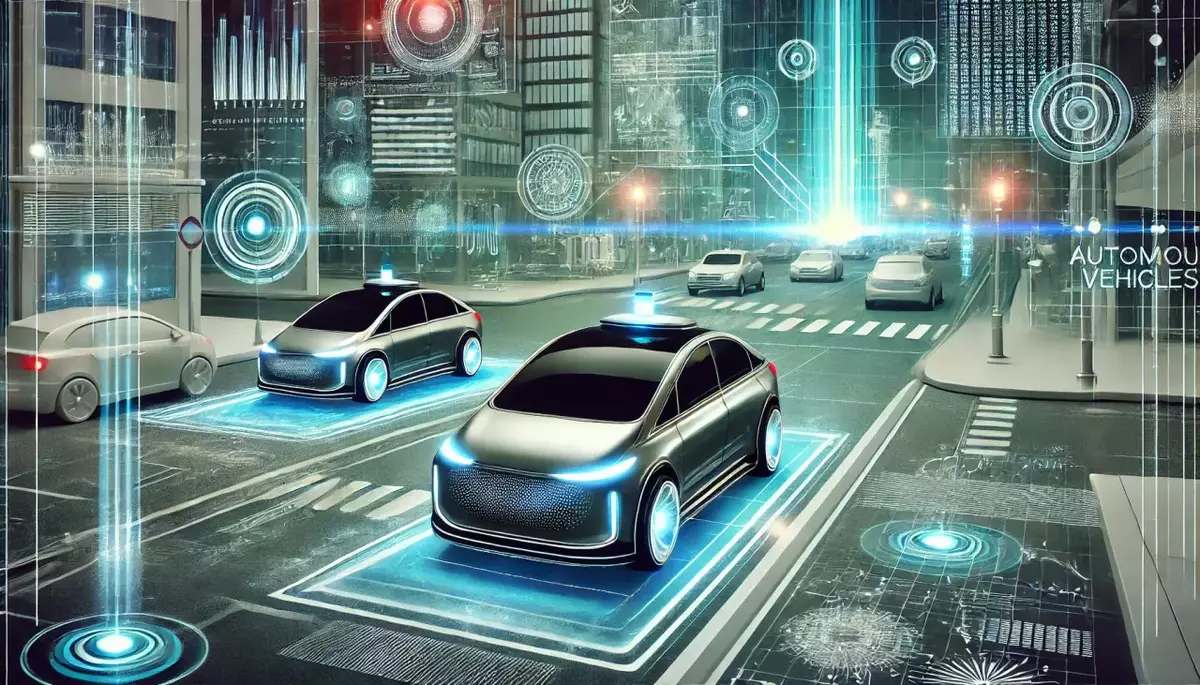Introduction
The integration of artificial intelligence (AI) in autonomous shipping is revolutionizing the maritime industry. This knowledge article explores the advancements, applications, and challenges of AI-powered autonomous shipping, highlighting its potential to transform global logistics and transportation.
What is AI-Powered Autonomous Shipping?
AI-powered autonomous shipping refers to the use of advanced AI technologies to enable self-navigating, self-monitoring, and self-optimizing vessels that can operate with minimal human intervention. This technology aims to enhance safety, efficiency, and sustainability in maritime transportation.
Key Components of AI-Powered Autonomous Shipping:
- Autonomous Navigation: AI-powered systems that can plan and execute routes, avoid obstacles, and make real-time decisions without human control.
- Sensor Fusion: Integration of various sensors (e.g., cameras, radar, GPS) to provide a comprehensive understanding of the vessel’s surroundings.
- Machine Learning: Algorithms that can learn from data to improve the vessel’s decision-making and performance over time.
- Predictive Maintenance: AI-driven systems that can predict and prevent equipment failures, reducing downtime and maintenance costs.
Applications of AI in Autonomous Shipping
AI-powered autonomous shipping has a wide range of applications that can transform the maritime industry:
Improved Safety and Efficiency:
- Collision Avoidance: AI-powered systems can detect and avoid collisions with other vessels, obstacles, and environmental hazards.
- Optimized Routing: AI algorithms can analyze weather, traffic, and other data to plan the most efficient routes, reducing fuel consumption and travel time.
- Automated Cargo Handling: AI-enabled systems can automate the loading, unloading, and stowage of cargo, improving productivity and reducing human error.
Enhanced Sustainability:
- Emission Reduction: AI-powered systems can optimize vessel performance and energy usage, leading to lower greenhouse gas emissions and a smaller environmental footprint.
- Predictive Maintenance: AI-driven predictive maintenance can extend the lifespan of vessel components, reducing waste and the need for frequent replacements.
Improved Logistics and Supply Chain Management:
- Real-Time Tracking: AI-powered systems can provide real-time visibility into the location, status, and performance of autonomous vessels, enabling better supply chain coordination and decision-making.
- Autonomous Port Operations: AI can automate various port operations, such as berthing, cargo handling, and traffic management, improving overall efficiency and throughput.
Challenges and Considerations
While AI-powered autonomous shipping offers significant benefits, there are also challenges and considerations that need to be addressed:
Regulatory and Legal Frameworks:
- Regulatory Uncertainty: The development of appropriate regulations and standards for autonomous shipping is still ongoing, creating uncertainty for industry stakeholders.
- Liability and Insurance: Determining liability and insurance coverage for incidents involving autonomous vessels is a complex issue that requires careful consideration.
Technological Limitations:
- Sensor Reliability: Ensuring the reliability and redundancy of sensors in harsh maritime environments is crucial for the safe operation of autonomous vessels.
- Cybersecurity Risks: Autonomous shipping systems are vulnerable to cyber threats, which must be addressed to maintain the integrity and security of maritime operations.
Social and Economic Impacts:
- Job Displacement: The adoption of autonomous shipping may lead to the displacement of traditional seafaring jobs, requiring workforce retraining and adaptation.
- Public Acceptance: Gaining public trust and acceptance of autonomous shipping technology is essential for its widespread adoption and integration into the maritime industry.
Future Outlook and Trends
The future of AI-powered autonomous shipping holds immense potential:
Emerging Trends:
- Autonomous Port Ecosystems: The development of fully automated port operations, including autonomous cargo handling and vessel management, to create seamless and efficient logistics hubs.
- Integrated Autonomous Fleet Management: AI-powered systems that can coordinate and optimize the operations of a fleet of autonomous vessels, improving overall efficiency and responsiveness.
- Autonomous Shipping Corridors: The establishment of designated routes or “corridors” for autonomous vessels, with dedicated infrastructure and regulatory frameworks to facilitate their safe and efficient operation.
Ongoing Research and Development:
- Advanced Sensor Technologies: Continued advancements in sensor technologies, such as high-resolution cameras, LiDAR, and radar, to enhance the perception and situational awareness of autonomous vessels.
- Reinforcement Learning and AI Algorithms: Improvements in machine learning algorithms, particularly in the areas of reinforcement learning and deep learning, to enhance the decision-making capabilities of autonomous shipping systems.
- Blockchain and Distributed Ledger Technologies: The integration of blockchain and distributed ledger technologies to improve the security, transparency, and traceability of autonomous shipping operations.
Conclusion
AI-powered autonomous shipping is poised to transform the maritime industry, offering significant improvements in safety, efficiency, and sustainability. As the technology continues to evolve and overcome regulatory and technical challenges, the future of autonomous shipping holds the promise of a more connected, efficient, and environmentally responsible global logistics network.
This knowledge base article is provided by Fabled Sky Research, a company dedicated to exploring and disseminating information on cutting-edge technologies. For more information, please visit our website at https://fabledsky.com/.
References
- Rødseth, Ø. J., & Burmeister, H. C. (2012). Developments toward the unmanned ship. In International Symposium Information on Ships (ISIS).
- Wróbel, K., Montewka, J., & Kujala, P. (2017). Towards the assessment of potential impact of unmanned vessels on maritime transportation safety. Reliability Engineering & System Safety, 165, 155-169.
- Porathe, T., Prison, J., & Man, Y. (2014). Situation awareness in remote control centres for unmanned ships. In Human Factors in Ship Design & Operation.
- Burmeister, H. C., Bruhn, W. C., Rødseth, Ø. J., & Porathe, T. (2014). Autonomous unmanned merchant vessel and its contribution towards the e-Navigation implementation: The MUNIN perspective. International Journal of e-Navigation and Maritime Economy, 1, 1-13.
- Levander, O. (2017). Autonomous ships on the high seas. IEEE Spectrum, 54(2), 26-31.





